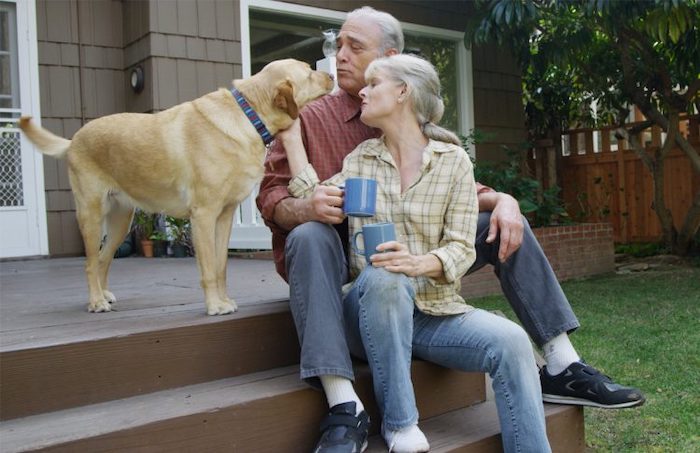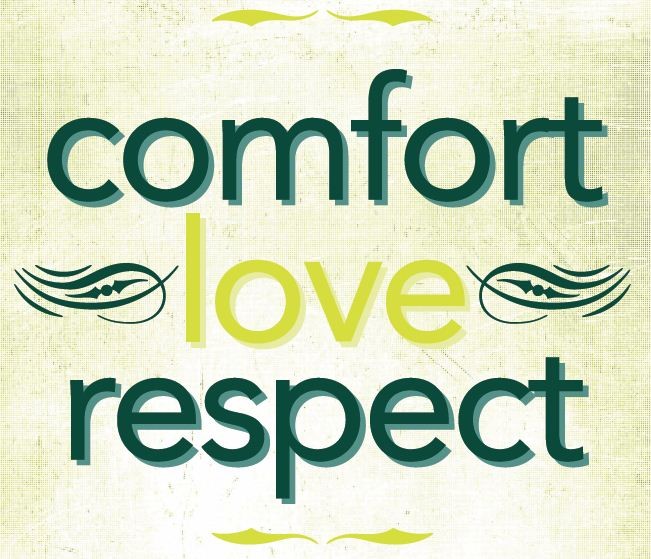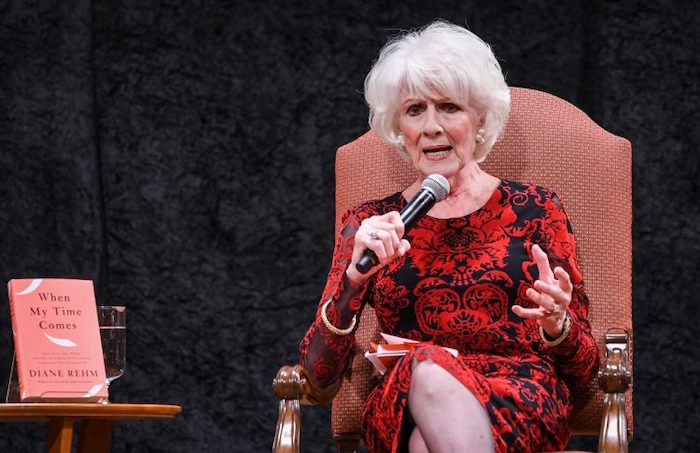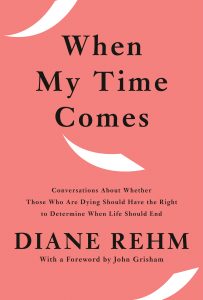His Grandfather Did.

What Frederick Trump’s death, in 1918, tells us about the costs of mismanaging a pandemic.
In May 1918, a German immigrant businessman, husband and father of three in Queens took his last breaths. At the time, no one really knew why he was dying.
The 49-year-old man had projected an image of robust health. A few days earlier he had been strolling down the streets of Queens with his 12-year-old son. Suddenly, he slowed his gait and told his son that he felt sick. By most accounts, he went to bed and died within 48 hours, on May 30. Years later, that son would recall the eerie scene of a parade marching down Jamaica Avenue as his father was lying dead upstairs, his devastated mother, weeping.
The man’s name was Frederick Trump, and he was the grandfather of President Donald J. Trump.
His tragic and swift end, historians say, was part of the first wave of deaths during the 1918 flu pandemic that would ultimately kill 675,000 Americans and 50 million worldwide — some 2 percent of the world’s population at the time.
The coronavirus pandemic of today is markedly different from the 1918 flu pandemic. Yet, as the world, and the United States, continues to deal with the deadly coronavirus outbreak, the death of Frederick Trump is an overlooked example of what can happen in such a mismanaged crisis.
President Trump doesn’t talk about his grandfather’s death, and he is hardly the only descendant of a victim of the 1918 pandemic who seems to be unaware of that part of his family history. Until recently, at least, the world had largely forgotten the 1918 flu pandemic, even though it took more American lives than World War I, World War II, and the Vietnam War combined. There were few novels or films chronicling the experience then, and there have been few since. Most newspapers and radio stations were slow to report on it.
“It’s really weird,” said Nancy K. Bristow, a history professor at the University of Puget Sound and the author of “American Pandemic: The Lost Worlds of the 1918 Influenza Epidemic.” “There was a complete silencing of that narrative of trauma. It feels so tragic because people’s lives were torn apart by this.”
Among those people were the family of Frederick Trump, whose death came early in the “curve,” at a time when no one fully realized that they were in the midst of a pandemic. New York’s close living quarters, its location as a shipping center, and its position as a hub for soldiers during World War I made it an ideal cesspool for the flu’s spread, but many doctors dismissed the early cases, often thinking that they were routine ailments; it was an era when deadly disease was a more common part of life. And yet, looking back, Frederick Trump’s death was a signature of that pandemic, which not only hit both the young and the old, but also many people like him, seemingly in their prime, healthy middle years.
It hit his son Fred — Donald Trump’s father — especially hard. It was “so immediate, he couldn’t take it in,” said Gwenda Blair, an adjunct professor at Columbia University and the author of “The Trumps: Three Generations of Builders and a President.” Ms. Blair interviewed Fred Trump about his father’s passing in 1991. She was among the few biographers to have had access to the family and to have investigated their genealogical history. “He was very matter of fact about it,” she said.
“It just didn’t seem real,” Fred Trump told her. “‘I wasn’t that upset. You know how kids are. But I got upset watching my mother crying and being so sad. It was seeing her that made me feel bad, not my own feelings about what had happened.’” (Five days after Frederick Trump’s death, his brother in law, Fred Schuster, also died, likely of the flu as well, according to Ms. Blair.)
Frederick Trump’s life and death is critical to understanding the family’s American narrative. Ms. Blair and others have reported that because Frederick Trump failed to do mandatory military service in his native Bavaria before sailing for America, his immigration to the United States may have been legally murky. It’s a complex tale, but immigration records show his employment as “none” and that he became a U.S. citizen in 1892. But Bavarian authorities eventually revoked his citizenship.
In America, Trump earned his fortune operating restaurants and hotels in Seattle’s red light district during the Klondike gold rush, peddling booze and “private rooms” for women (common shorthand for prostitution at the time). He also purchased real estate in the John D. Rockefeller-backed mining town of Monte Cristo, Wash., and later in Queens, where he settled with his German wife, Elizabeth, and their three children. Like his son and grandson, he also engaged in questionable schemes to build his businesses, including staking a bogus mineral claim on property in Washington and building a hotel on property to which he had no legal right.
Frederick Trump was the only member of the family before his grandson to have been elected to public office, Ms. Blair notes: He was elected justice of the peace in Monte Cristo, 32 votes to five for his opponent. When anti-German sentiment swelled during World War II, the Trump family history switched from one rooted in Germany to one rooted in Sweden, a false claim that Donald Trump has repeated, including in his book “The Art of the Deal.”
By the time of his death, Frederick Trump’s various exploits had made him a relatively wealthy man, yet his loss, like the loss of many others in the pandemic, was devastating for his family. Still, they were relatively well-off; the money and real estate holdings that he left behind started the E. Trump & Son company, which would later fold into the Trump Organization.
The winter following Frederick Trump’s death, deaths from the flu pandemic exploded. Public health resources were already strained by World War I, so not much was done to combat it. “Little was done those first two thirds of the pandemic,” said James Harris, a lecturer at Ohio State University who studies medical history and pandemics. “There was the wartime context, pushback to social distancing, people moving around the globe on a massive scale.”
Since then, the world has benefited from better understanding the need for social distancing and quarantining, the rise of antibiotics and vaccinations, and improved hygiene. “An important lesson we can learn is to be proactive,” Professor Harris said.
In her numerous interviews with Donald Trump, Ms. Blair said, he “showed zero interest in history.” That included the story of his grandfather’s life and death, and the impact it had on his father and relatives at the time. “There was no rear view mirror,” she said.
Among his many comments on the ongoing coronavirus crisis, in Atlanta on March 6, Donald Trump, more than a century after his grandfather’s passing, commented on the current state of flu deaths, an estimated 36,000 annually, according to the Centers for Disease Control and Prevention.
“Does anybody die from the flu?” the president said. “I didn’t know people died from the flu.”
Complete Article ↪HERE↩!










